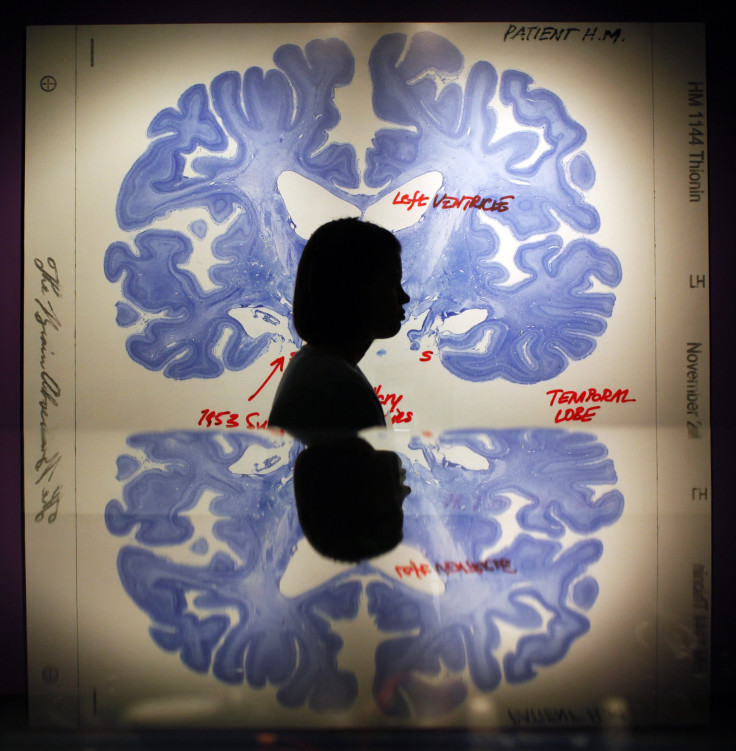Non-Invasive Brain Scan Can Locate Seizure Origin

A new type of non-invasive brain scan taken immediately after a seizure can give doctors insight about what caused the seizure and the possible treatment options for epilepsy patients.
According to Centers for Disease Control and Prevention, about 2 million people living in the U.S have epilepsy and about 140,000 develop epilepsy each year.
The brain scanning technique has been developed by researchers from Mayo Clinic along with engineers from University of Minnesota.
For the study, researchers studied brains of 28 people with recent seizure episodes. They used a special EEG scanner that had 72 electrodes attached to the brain (brain scanners normally have about 32 electrodes). In addition to the scanner, researchers used specialized imaging technology to gather information about the seizure.
An important advantage of this type of brain scanning technique is that it can be used after a seizure and it can also help locate the origin of the seizure in the brain. Earlier researchers had to scan the brain while the person was having a seizure or during the "ictal" period. Also, these techniques could not locate the origin of the seizure.
"This is the first-ever study where new non-invasive methods were used to study patients after a seizure instead of during a seizure. It's really a paradigm shift for research in epilepsy," said the senior author of the study Bin He, biomedical engineering professor in the University of Minnesota's College of Science and Engineering.
The study is published in the journal Brain.



























